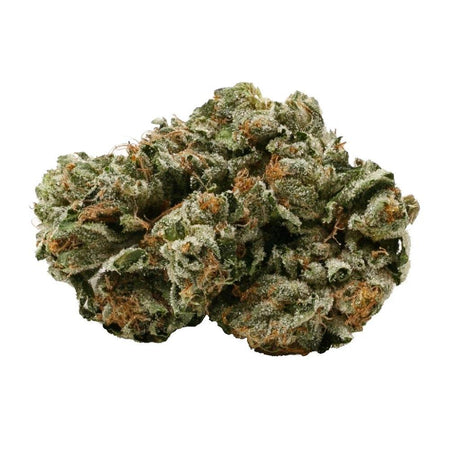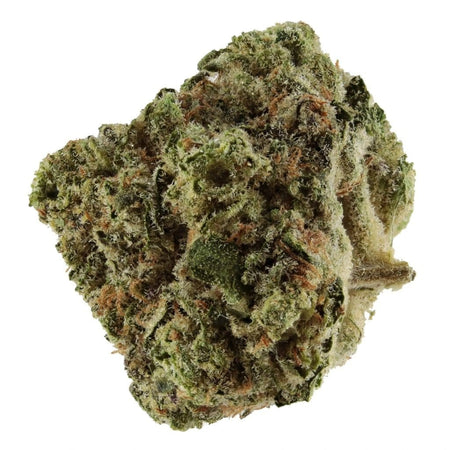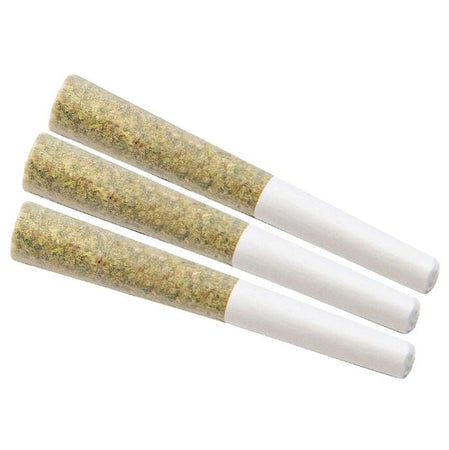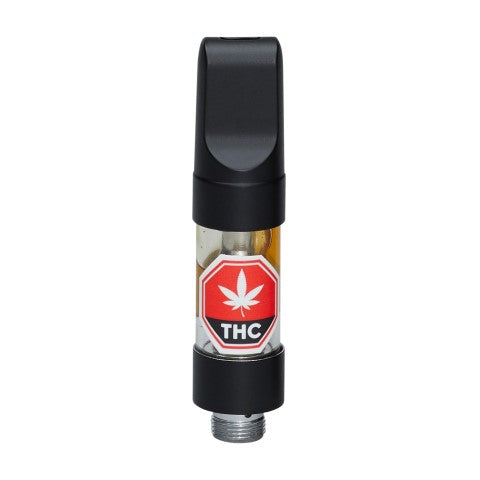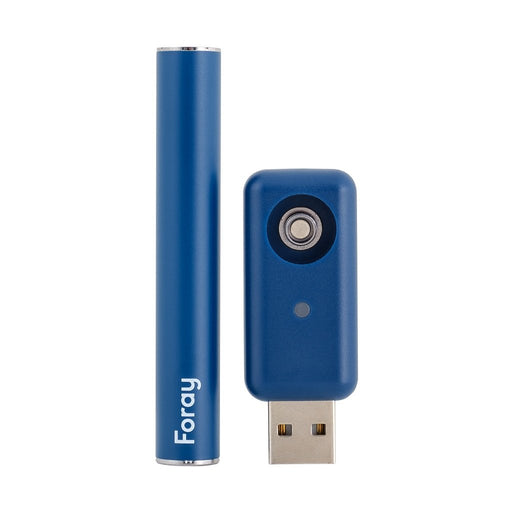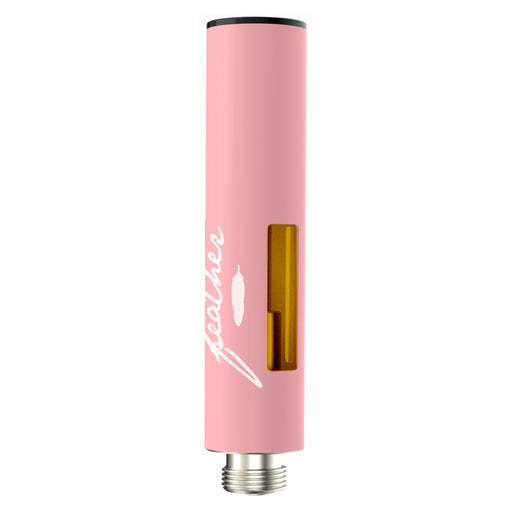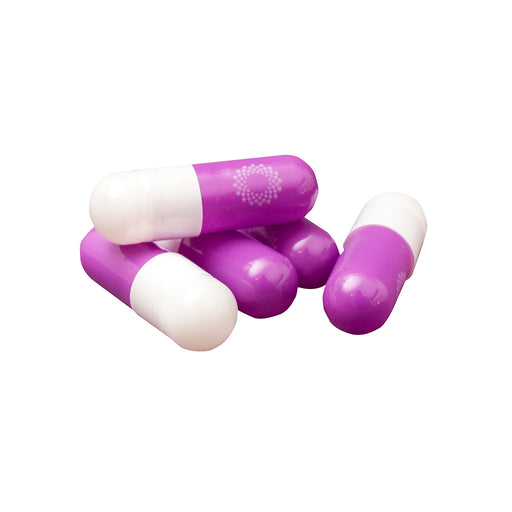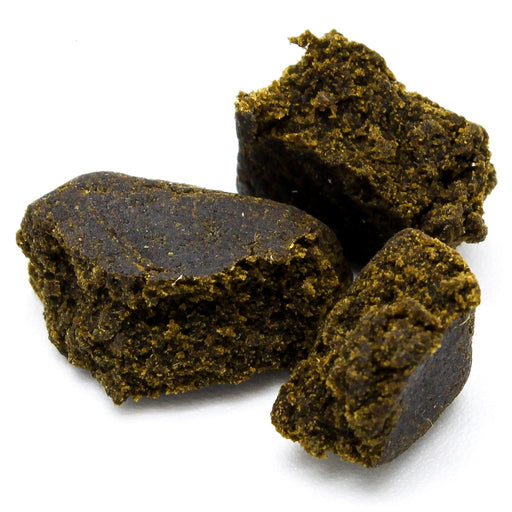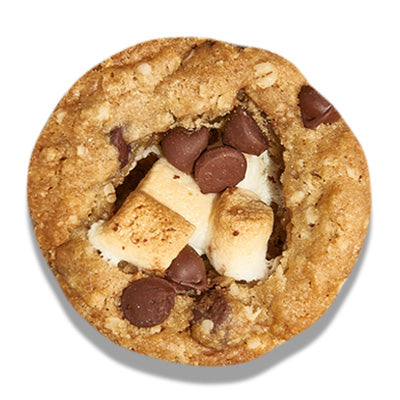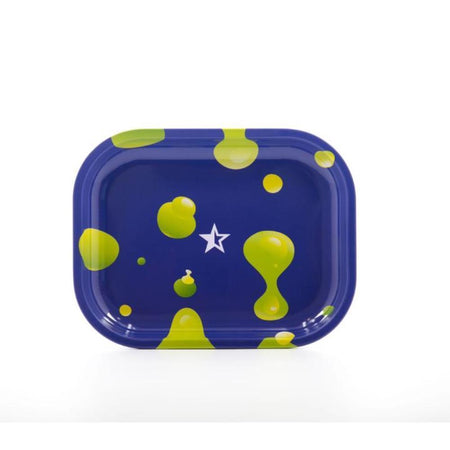Understanding the Key Ingredients in Weed Edibles
The foundation of weed edibles lies in the cannabis plant, which undergoes an extraction process to isolate two primary cannabinoids: THC (tetrahydrocannabinol) and CBD (cannabidiol). THC is the psychoactive component responsible for the “high” sensation associated with cannabis, whereas CBD is non-psychoactive and is reputed for its therapeutic properties. The extraction process typically involves solvents or CO2 to derive these cannabinoids, which are then infused into various edible products.
THC and CBD concentrations can vary significantly among different weed edibles. Typically, products are labeled with specific ratios of these cannabinoids, allowing consumers to choose based on their desired effects. High-THC edibles are often sought for their euphoric and psychoactive effects, while high-CBD edibles are preferred for their calming and anti-inflammatory properties.
Beyond the cannabinoids, weed edibles contain a variety of other ingredients that influence their flavor and shelf life. Common additives include sugars, which provide sweetness; flavorings, which enhance taste; and preservatives, which extend the product’s longevity. These components are essential in creating a palatable and stable product but can also introduce dietary considerations. For instance, some edibles may contain gluten, dairy, or other allergens, necessitating careful label reading for individuals with dietary restrictions or allergies.
Moreover, the presence of these additional ingredients can affect the overall experience of consuming weed edibles. Sugars and flavorings can make the consumption more enjoyable, masking any potential bitterness from the cannabis extract. Preservatives ensure that the product remains fresh over time, maintaining its efficacy and taste.
In conclusion, understanding the key ingredients in weed edibles provides valuable insight into their composition and effects. From the cannabinoids extracted from the cannabis plant to the sugars, flavorings, and preservatives included for taste and shelf life, each component plays a crucial role. Being aware of potential allergens or dietary considerations further ensures a safe and pleasant experience for all consumers.
Effects and Considerations When Consuming Weed Edibles
When consuming weed edibles, it’s essential to understand how the body processes THC (tetrahydrocannabinol) and CBD (cannabidiol) differently compared to smoking or vaping. Upon ingestion, THC and CBD are metabolized in the liver, resulting in a delayed onset of effects, which typically begin to manifest between 30 minutes to 2 hours after consumption. This delay can often lead to overconsumption, as users may mistakenly believe the initial dose was insufficient.
The high from weed edibles can be significantly more intense and prolonged compared to inhalation methods. The duration can range from 4 to 12 hours, influenced by factors such as dosage, individual tolerance, and metabolism. A higher dose or lower tolerance can result in a more pronounced and extended high, which is why understanding personal limits is crucial. Additionally, metabolism plays a significant role; individuals with faster metabolic rates may experience quicker onset and shorter duration, whereas those with slower metabolism may experience prolonged effects.
Potential side effects of overconsumption include anxiety, paranoia, and gastrointestinal discomfort. These adverse reactions can occur when users inadvertently consume a higher dose than intended, often due to the delayed onset of effects. It’s vital to be mindful of these risks and take preventative measures to ensure a positive experience.
For first-time users, practical tips are fundamental to mitigate potential risks. Starting with a low dose, typically 2.5 to 5 milligrams of THC, is advisable. Patience is key; it is recommended to wait at least 2 hours before considering additional consumption to gauge the full extent of the effects. Creating a safe and comfortable environment is essential, as it can help alleviate anxiety and contribute to a more enjoyable experience. Having trusted individuals present can also provide reassurance and support if needed.
